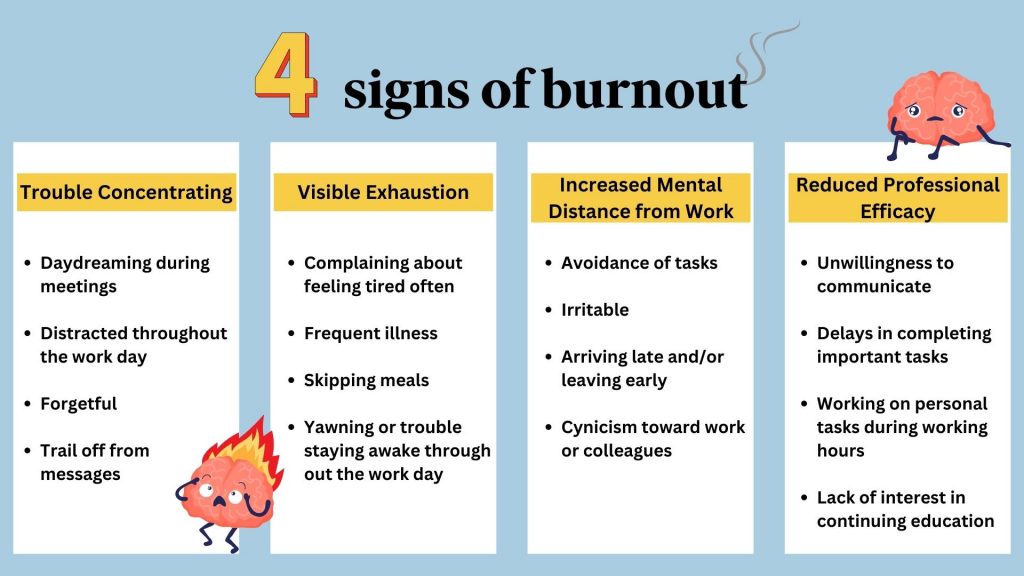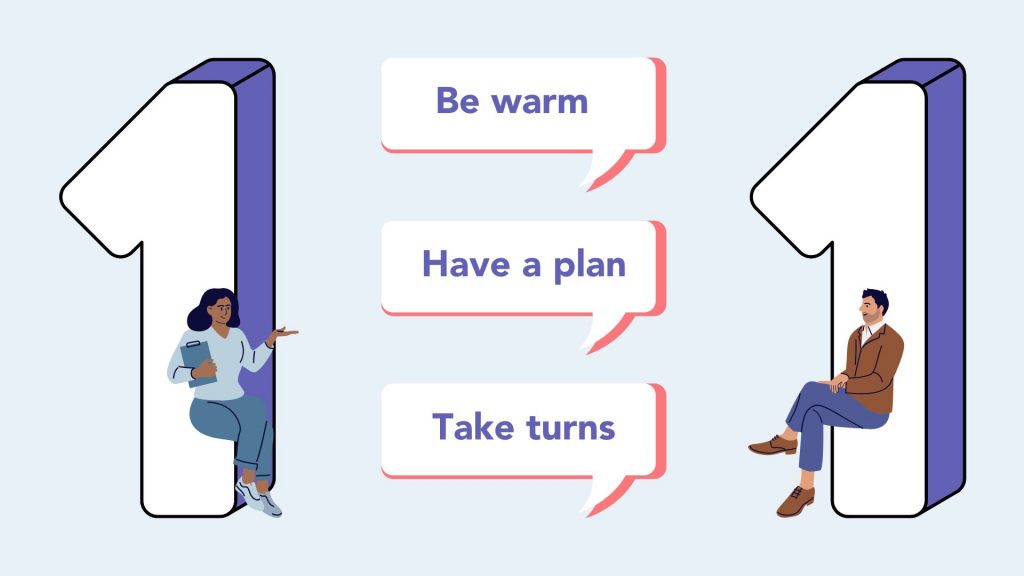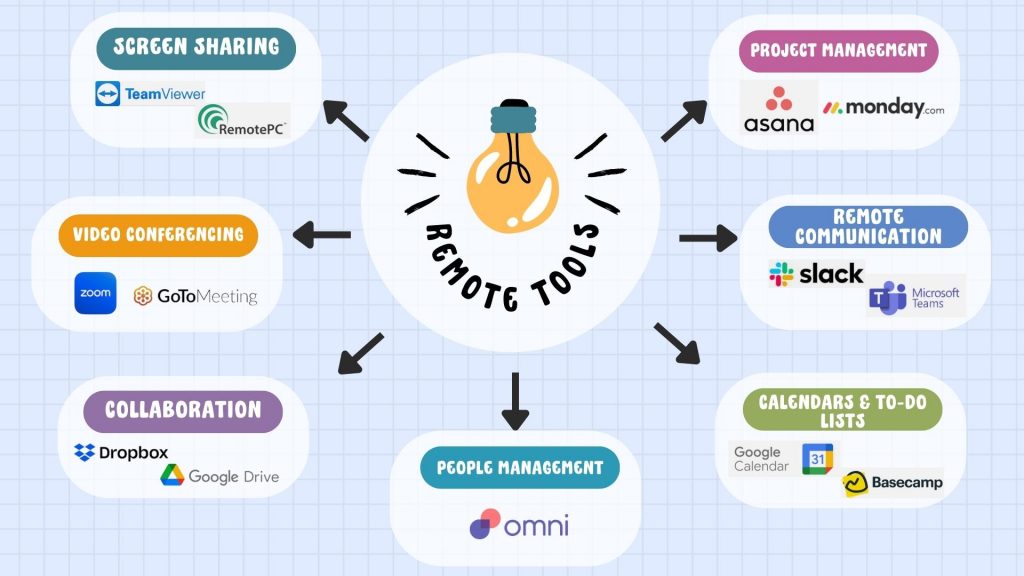Employee burnout has become an epidemic among today’s workforce. With 77% of professionals reporting they’ve experienced burnout at their current job, learning how to identify and address employee burnout signs has become a non-negotiable for HR leaders and managers hoping to retain their employees.
Fortunately, employee burnout signs are easily identified when leaders are educated on their characteristics. Educate and inform your leaders and employees on employee burnout signs to address burnout early on, and support your employees for a healthier, more productive workplace.
What is Employee Burnout?
Employee burnout is a state of chronic physical, mental, and emotional exhaustion that results from prolonged and excessive workplace stress. It is characterized by feelings of depletion, cynicism, and detachment from work. Burnout typically occurs when individuals feel overwhelmed, unappreciated, and unsupported in their work environment. Employee burnout signs can manifest in various ways, including fatigue, reduced productivity, increased absenteeism, and a negative impact on overall well-being. Burnout not only affects an individual’s professional life but can also spill over into their personal life, leading to strained relationships and diminished quality of life.
4 Employee Burnout Signs

Identifying and addressing employee burnout signs is the first step to preventing burnout. Keep an eye out for these behaviors as early employee burnout signs to address.
Strategies to Address Employee Burnout Signs
It’s so important as People leaders and managers to understand the employee burnout signs and the effects of burnout to understand how we can prevent and resolve burnout for our employees. Addressing the employee burnout signs early on can reduce the likelihood of employee turnover and identify areas of company culture that need addressing.
1. Increase employee/manager check-in frequency
1-on-1 meetings give employees and managers a dedicated opportunity to discuss important topics that contribute to employee burnout signs. Schedule more frequent 1-on-1 meetings with your employees to check-in on their mindset, discuss any issues they’re facing, assess their workload, and offer support where needed.
Research by Harvard Business Review found that those who get twice the number of 1-on-1 meetings with their manager relative to their peers are 67% less likely to be disengaged.
2. Set realistic and achievable tasks
Keeping close track of the assigned workload that your employees have will help you to set realistic targets for their work. Employee’s workload should not go beyond their capacity, and should be within the confines of their job description.
With more frequent check-ins mentioned above, it is easier to track tasks and stay ahead of how much effort employees put into their tasks. Overworking is one key cause of burnout, which needs to be addressed fairly. Sometimes, underperformance occurs due to the mismatch of employees’ abilities.
To reduce the effect of burnout, start by providing an overview of the upcoming tasks and projects. Help your employees stay organized by assigning tasks based on the order of priority, or remove tasks that are outside the employees’ work abilities. Setting ambitious SMART goals is great, however, having unachievable goals is de-motivating and increases the likelihood of employee burnout signs. Be realistic while creating objectives and key results with employees.
3. Promote work-life balance
Overworking can be one of the main drivers of employee burnout signs. Each employee has a unique way of dealing with work schedules and thus, should be considered accordingly. Encourage and promote company benefits that aid in healthy work-life balance. A recent study found that only 19% of surveyed professionals utilized their mental healthcare benefits in 2022. By setting a precedent that mental health is valued by your organization, your employees are more likely to prioritize their wellbeing, which will translate into reduced burnout and higher engagement.
Encourage employees to utilize their PTO to reset and recharge, promote flexible working hours or remote work to give employees the options they need to balance their personal and professional lives, and educate your employees on their health care to get the most out of their benefits packages.
Preventing Employee Burnout Signs From Emerging
With the right amount of proactive leadership, you can help prevent employee burnout signs in your teams and promote a healthy working environment. Here are 10 employee burnout signs prevention tactics to try.

- Train and encourage managers to invest in employee engagement and appreciation strategies.
- Promote a healthy work schedule and encourage employees across the company to check-out at the end of the work day.
- Proactively address toxic work culture behaviors and be transparent about issues with employees.
- Craft a mental health policy where managers and employees are aware of assistance programs, counseling services, and insurance benefits available to them.
- Keep in mind the roles and responsibilities of the particular individual when you delegate the tasks.
- Perform frequent check-ins.
- Follow an open-door policy for all the team members. Be a good listener and encourage your team to share their thoughts, ideas, and opinions.
- Respect your team’s personal space and time. Create a culture where employees feel they can unplug during non-working hours.
- Advocate for resources whenever they are needed. Provide ample learning opportunities and necessary resources to aid employees in their workload.
- Lead by example. Exhibit all of the above behaviors to give license to your employees to do the same.
The burnout epidemic is an opportunity for companies to create an internal shift to how company culture and employee wellbeing is addressed. As HR leaders, you can implement effective strategies and tactics to help address poor employee performance and burnout early on.
Frequent communication, targeted goal setting, and paving a path forward for employees can help redirect them to a path of engagement and productivity.
Download our Warning Letter Templates to Employees for Poor Performance today for guidance on how to effectively support and address employee performance issues.







